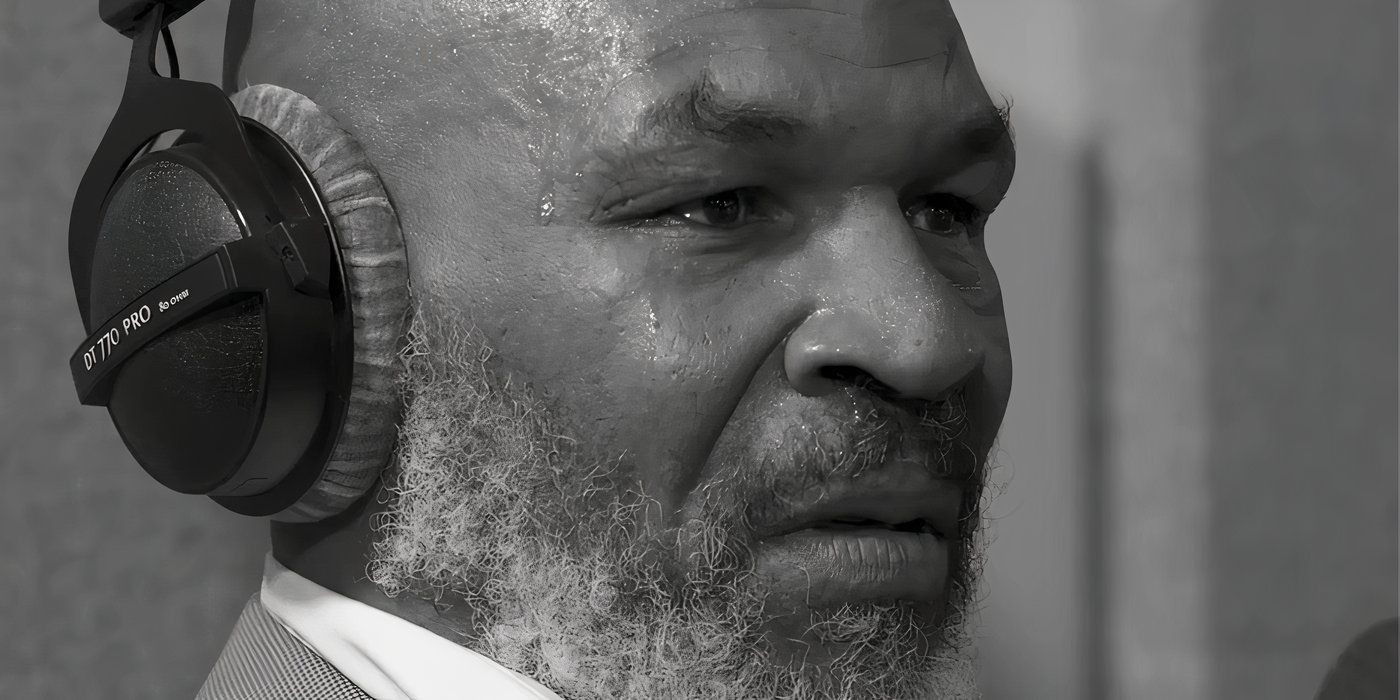Mike Tyson, a name synonymous with explosive power and intimidating ring presence, is etched in boxing history as one of the most formidable heavyweights ever. Known for his devastating knockouts and youngest heavyweight champion title, Tyson’s journey to the pinnacle of boxing began far from the glitz and glamour of Las Vegas, in the harsh streets of Brooklyn. The question of why Mike Tyson started boxing is deeply rooted in his challenging early life, a narrative of overcoming adversity and transforming fear into ferocious power.
Brownsville Beginnings: Hardship and Harassment
Born in Fort Greene, Brooklyn, Mike Tyson’s formative years were spent navigating the turbulent landscape of Brownsville in the 1970s. This neighborhood, notorious for its poverty and rampant crime, was a breeding ground for gangs and violence. Daily life in Brownsville was a struggle, with shootings, robberies, and gang activity casting a long shadow over the community. For a young, undersized boy like Mike, life was particularly precarious.
Adding to the environmental challenges, Tyson faced personal torment due to his high-pitched voice and lisp. Bullies relentlessly mocked and physically abused him, labeling him “fairy boy” and subjecting him to brutal beatings. “I was terrified to even walk to the store alone,” Tyson confessed, reflecting on the constant fear that plagued his childhood. To escape the relentless harassment and find a sense of self-worth, Tyson started skipping school and seeking validation through petty crime and violence. By the age of 13, he had accumulated dozens of arrests, seemingly destined for a life lost to the streets.
The Tryon School: Boxing as an Outlet
A pivotal turning point in Tyson’s life arrived at the age of 13 when he was introduced to boxing at the Tryon School for Boys Club. Bobby Stewart, a social worker at the school, ran a boxing program aimed at providing troubled youth with a constructive outlet and a sense of discipline. When Stewart witnessed Tyson’s raw aggression and natural fighting instincts, he immediately recognized the boy’s untapped potential. Tyson’s punches were delivered with remarkable speed and innate fluidity, far beyond his age and experience.
Recognizing Tyson’s exceptional talent, Stewart introduced him to the legendary boxing manager and trainer Constantine “Cus” D’Amato. This meeting proved to be transformative, as D’Amato took Tyson under his wing, becoming not only his trainer but also his legal guardian.
Cus D’Amato’s Mentorship: Shaping a Champion
Under D’Amato’s guidance, Tyson’s natural talent blossomed. D’Amato was more than just a trainer; he was a mentor who instilled in Tyson a champion’s mindset and a disciplined approach to boxing and life. He taught Tyson the “peek-a-boo” style, a defensive and aggressive technique characterized by constant head movement and explosive counter-punching. This style was perfectly suited to Tyson’s shorter stature, allowing him to effectively close the distance and unleash devastating power against taller opponents.
Beyond technical skills, D’Amato nurtured Tyson’s mental fortitude. He taught him to channel his anger, pain, and past traumas into focused aggression within the controlled environment of the boxing ring. D’Amato provided the father figure and unwavering belief that Tyson desperately needed, fostering a sense of self-assurance that was previously absent in his life. Competing for the Tryon School, Tyson rapidly ascended through the amateur ranks, winning a junior Olympic gold medal in 1981 at just 15 years old and amassing an impressive amateur record of over 100 wins.
Professional Ascent and Heavyweight Glory
On his 18th birthday in 1982, Mike Tyson embarked on his professional boxing career. His early fights were a spectacle of brutal efficiency, with “Kid Dynamite,” as he was then known, tearing through opponents with astonishing speed and power. Promoter Don King quickly took notice of Tyson’s electrifying performances. Within three years, Tyson had decimated 26 opponents, with 23 victories coming by way of knockout. He was dismantling experienced heavyweights who often towered over him, leaving commentators in awe of his raw power and composure.
Tragedy struck when Cus D’Amato passed away in November 1985, just before Tyson reached the pinnacle of his career. However, D’Amato’s vision and training lived on in Tyson. On November 22, 1986, at the age of 20 years and 4 months, Mike Tyson faced WBC champion Trevor Berbick. In a dominant display of power and skill, Tyson needed only two rounds to claim the title, becoming the youngest heavyweight champion in boxing history.
Boxing: A Path from Pain to Power
Mike Tyson’s journey into boxing was not a matter of chance but a response to his challenging environment and personal struggles. Boxing offered him an escape from the perils of the streets, a structured environment, and a way to channel his pent-up anger and frustration. As Tyson himself reflected, “I knew how to hurt people, because I was hurt myself.” Boxing became his sanctuary, a place where he could transform his pain into power, his fear into ferocity. His ferocious fighting style, honed under D’Amato, was a direct reflection of the aggression and survival instincts he developed growing up in Brownsville.
In conclusion, Mike Tyson started boxing as a bullied and troubled youth seeking self-defense and a sense of purpose in the face of adversity. Through the guidance of Cus D’Amato, boxing became his path to redemption and greatness. From the dangerous streets of Brooklyn to becoming the youngest heavyweight champion in history, Tyson’s story is a testament to the transformative power of sports and the ability to overcome even the most challenging beginnings. His legacy continues to inspire, reminding us that potential can be found and nurtured even in the most unlikely of circumstances.

